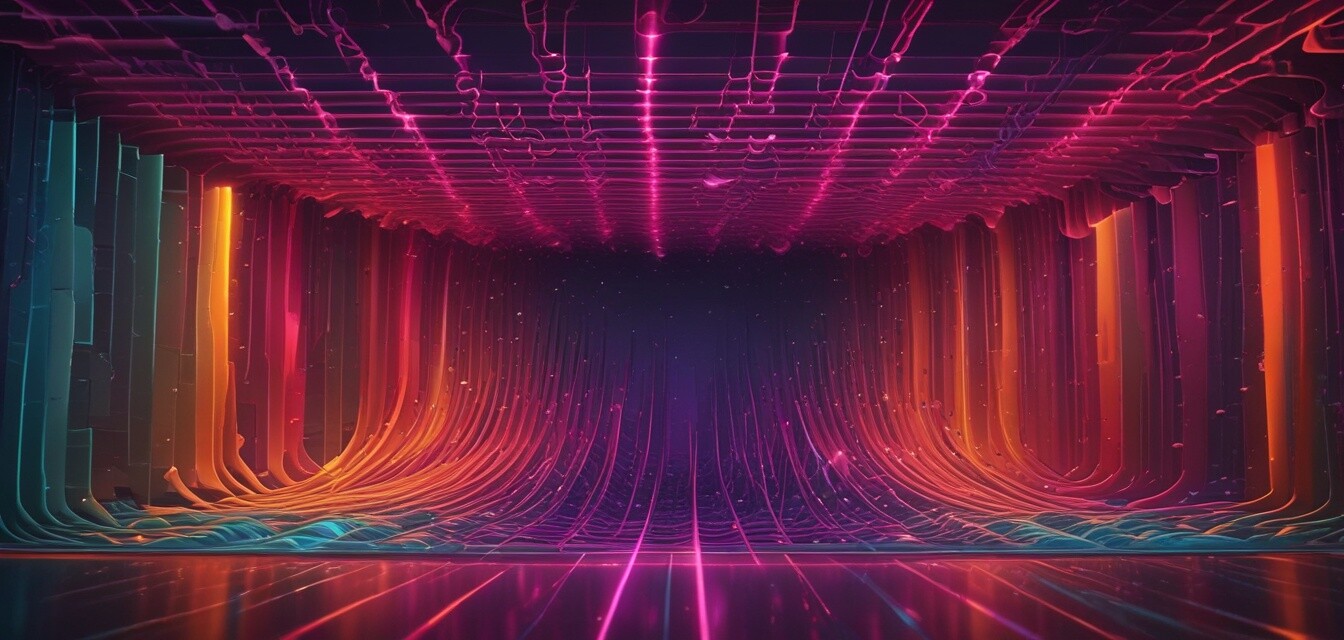
The Impact of 3D Audio on Music Consumption
Key Takeaways
- 3D audio is transforming the way we experience music by enhancing immersion.
- This technology allows for spatial sound that mimics real-life audio, creating a unique listening experience.
- As 3D audio technology evolves, it will continue to influence music production and consumption trends.
- Platforms and gadgets that support 3D audio are becoming increasingly popular in the music industry.
In recent years, the ascent of 3D audio technology has significantly reshaped the landscape of music consumption. This revolutionary approach to sound is not merely an advancement; it is a complete reimagining of how music can be produced, experienced, and appreciated. From casual listeners to audiophiles, the impact of 3D audio is pervasive, and it is important to understand its implications on the music industry.
What is 3D Audio?
3D audio, often referred to as spatial audio, is an audio technology that enables sound to be perceived as coming from multiple directions and distances, creating a more immersive experience. This technology captures and reproduces sound as it would be heard in the real world, allowing listeners to perceive depth and space.
How does it work?
Unlike traditional stereo sound, which relies on two channels (left and right), 3D audio utilizes advanced algorithms and surround sound techniques to simulate a three-dimensional auditory environment. Some of the key technologies involved in creating 3D audio include:
- Binaural recording: Using two microphones to replicate the experience of human hearing.
- Object-based audio: Sounds are treated as objects that can be placed in three-dimensional space.
- Head-related transfer function (HRTF): A filtering technique that mimics how sound reaches our ears.
The Changing Landscape of Music Consumption
As technology evolves, so do the ways we consume music. Here are some trends that highlight the impact of 3D audio on music consumption:
| Music Consumption Method | Traditional Audio | 3D Audio |
|---|---|---|
| Sound Experience | Stereo sound from two channels | Immersive sound from multiple directions |
| Headphone Experience | Standard headphones | Specialized 3D audio headphones |
| Music Production | Standard stereo mixing | Spatial mixing for an immersive experience |
| Platform Availability | Widespread across platforms | Emerging in newer platforms |
Influence on Music Production
Music producers are adapting to these technological advancements, embracing 3D audio to create more engaging tracks. The innovative use of sound positioning allows for:
- Greater creativity in layering sounds and instruments.
- Enhanced emotional impact through precise sound placement.
- The ability to create unique listening experiences that captivate the audience.
The Role of Technology in 3D Audio Evolution
As a key player in the music industry, technology companies are developing platforms that support 3D audio. From streaming services to audio equipment manufacturers, the trend of integrating 3D audio capabilities is on the rise.
Platforms Adopting 3D Audio Technology
Many music streaming services are starting to offer 3D audio options for their listeners. Here are some platforms that are at the forefront:
- Audio gadgets that support immersive sound.
- Home entertainment systems designed for a full 3D audio experience.
- Guides on purchasing 3D audio compatible devices.
- Wearable technology enhancing personal audio experiences.
Conclusion
3D audio technology is undoubtedly transforming the music landscape, offering an immersive experience that changes how we listen to our favorite tracks. As it becomes more mainstream, its presence will continue to shape the future of music consumption and production. Whether you are an artist looking to create unique soundscapes or a listener seeking a more engaging experience, 3D audio is here to stay.
Pros
- Enhanced listening experiences with spatial audio.
- New artistic possibilities for music producers.
- Increased engagement and interest from audiences.
Cons
- Requires specialized equipment for optimal experience.
- Not all music is available in 3D audio format yet.
- Can be more expensive to access 3D audio content.
